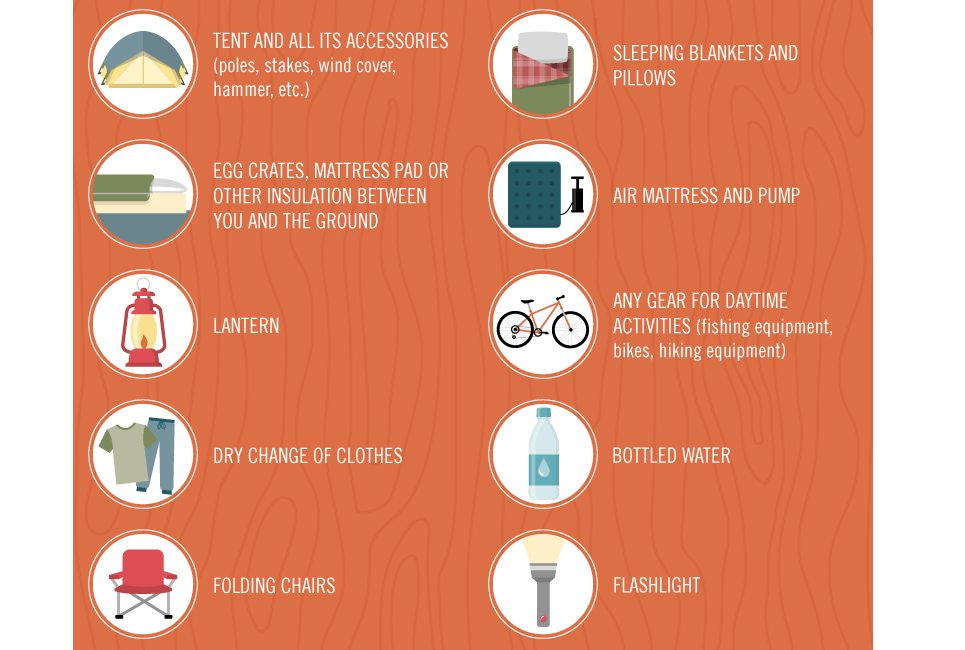Corner angles are essential elements in building and engineering jobs. They provide strength, durability, and adaptability. They are additionally easy to install and can withstand numerous environmental aspects.
Building contractors make use of several sorts of angles to develop solid, stable structures. Some of these angles are for appearances, while others are made use of to enhance ease of access and function.
Toughness
The toughness of steel angles is critical for making sure that structures are safe and can withstand hefty tons. These parts can be utilized for a variety of tasks, from enhancing beams and columns to producing structures for shelving and fence. They are also optimal for producing support frameworks in commercial atmospheres.
Curved inside corners are an important part of modern design and design, as they aid to disperse tension equally across the material. This can make a material stronger and much less most likely to split or stop working, especially in materials such as glass, rock, and tile.
Spherical edges in rotomolded parts also assist to minimize anxiety focus, which can cause architectural weaknesses and poor quality. Because of this, Gregstrom Corporation suggests that developers make use of rounded edges when producing rotomolded parts. These functions will enhance the overall top quality of the finished item and help to make sure that the molded component is strong, resilient, and durable. This will minimize the need for repair services or substitutes in time.
Resilience
Rounded inside edges are a vital part of modern design and design, and they can significantly boost the security of structures made of stone or glass. They additionally help to uniformly disperse tensile and compressive forces, which minimize the possibility of fracturing or damage.
These angles are important to our everyday lives, making it much easier for us to move around in our surroundings. For instance, wheelchair ramps, stairs, and doorways are created with specific angles to ensure security and accessibility. Furthermore, the appropriate angle is made use of in bridges and buildings to guarantee structural stability.
In geometry, an angle is the point where two rays satisfy. It is likewise known as a vertex. The four edges of a square have an internal angle of 90 levels. However, the term is typically used to explain any type of type of corner. For instance, in image frameworks, the leading and bottom rails need 45 level mitre cuts. This is because the board widths are various.
Versatility
While the right angle is one of the most typical kind of angle, other kinds can produce unique, useful, and aesthetically attractive frameworks. Whether you're developing a contemporary coffee table or an industrial-style home, making use of different angles will aid you accomplish the wanted visual.
You can use aluminum angle to make custom braces for safeguarding and strengthening your jobs. These brackets are lightweight and strong, so they can endure hefty lots and anxieties. They likewise come in a selection of shapes and sizes, making them a flexible choice for a wide range of tasks.
Many modern-day structures utilize bent inside edges to enhance structural security and toughness. These rounded corners distribute stress and anxiety throughout the structure to stop weak points and cracks. This is an important consideration for home builders and service providers, particularly when dealing with hefty products like rock or tile. Creating a curved edge can additionally raise the life-span of the material and decrease upkeep prices. It is necessary to choose the right angles for your job, and to guarantee that they are effectively installed to avoid any kind of potential concerns.
Expense
Curved inside edges are an essential component of modern design and engineering, as they play a vital function in boosting framework stability and sturdiness. They likewise help reduce tension distribution and minimize damage. On top of that, they can enhance the visual appeal of a framework.
Words "edge" normally, however not always, describes a 90 level angle. In geometry, nevertheless, the term "angle" is really a point where 2 lines or sides fulfill (or assemble). These points are called vertex, and they can be straight or curved.
Using a bent mitre in a photo framework, for example, calls for mindful computation. The mitre portable shelter angle is based on the size proportion of the board at each edge. If the boards are of equivalent width, then they will certainly each call for a 45 degree mitre. If the boards are broader, then they will certainly each require a various angle. This scenario prevails in customized structures, where the top and lower rails are often larger than the side rails.
